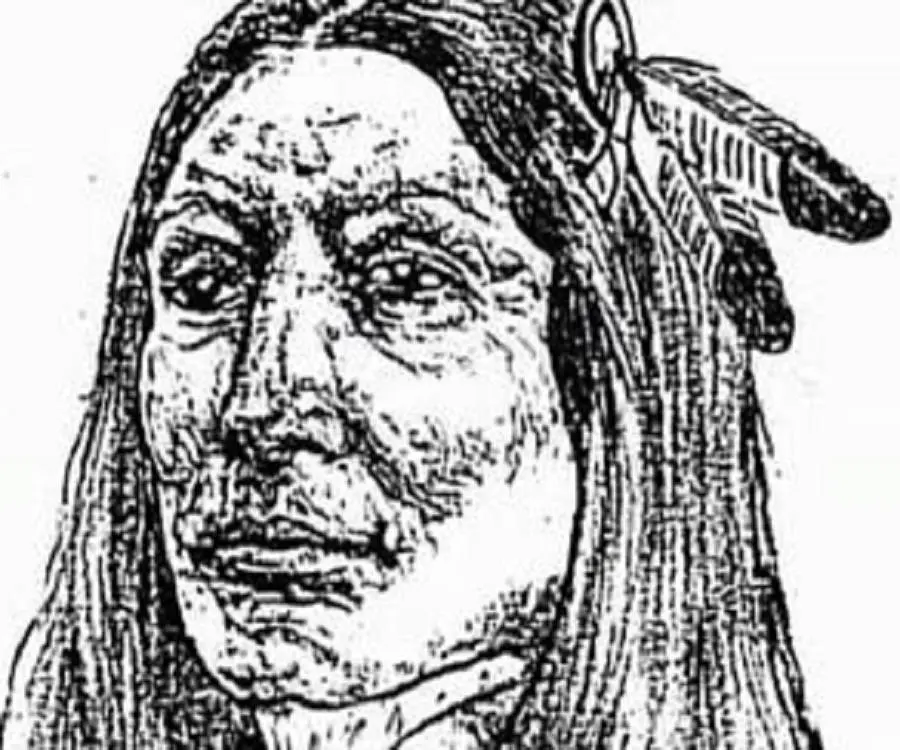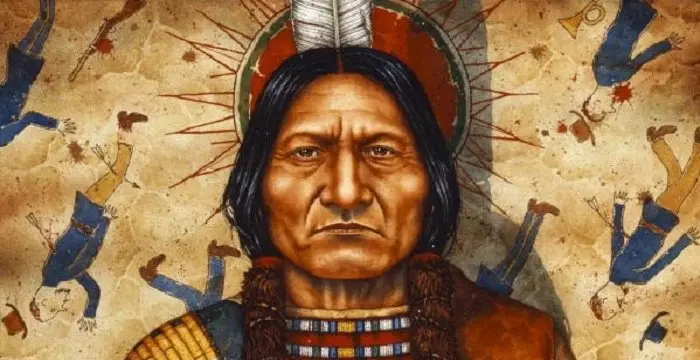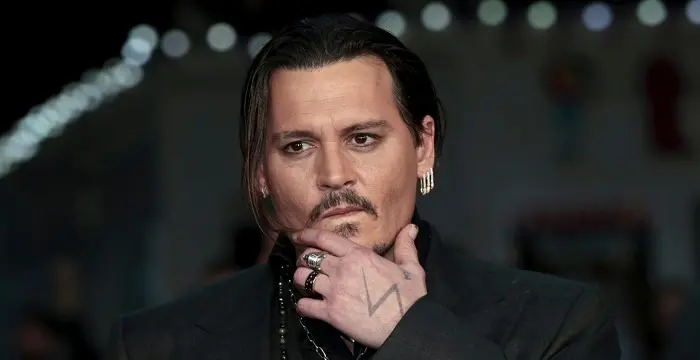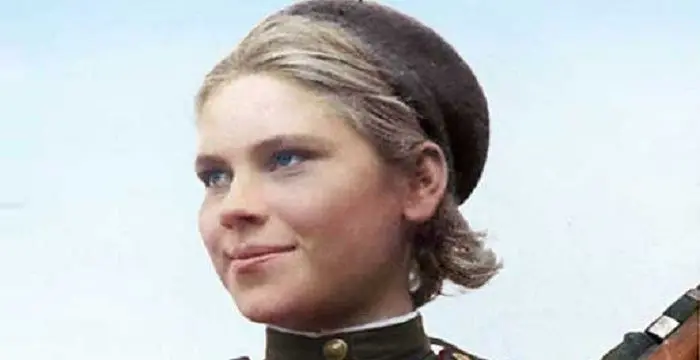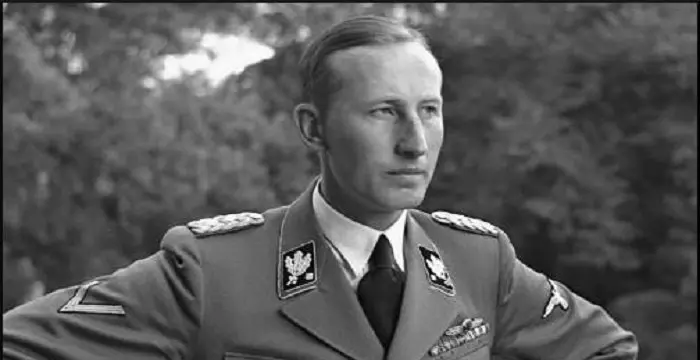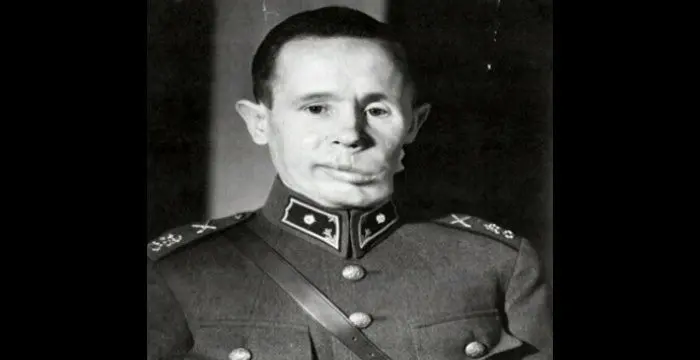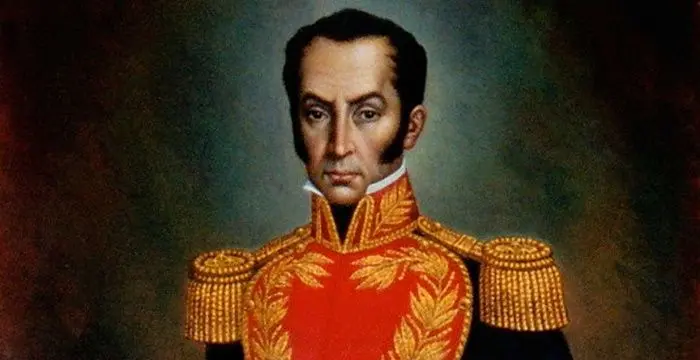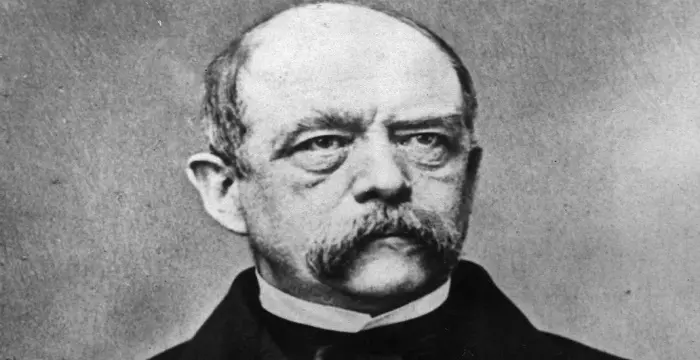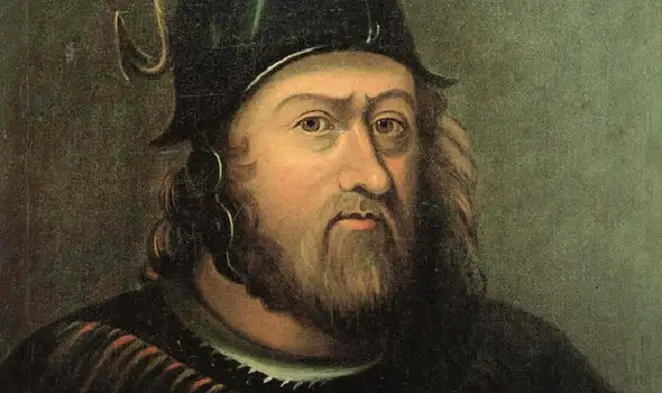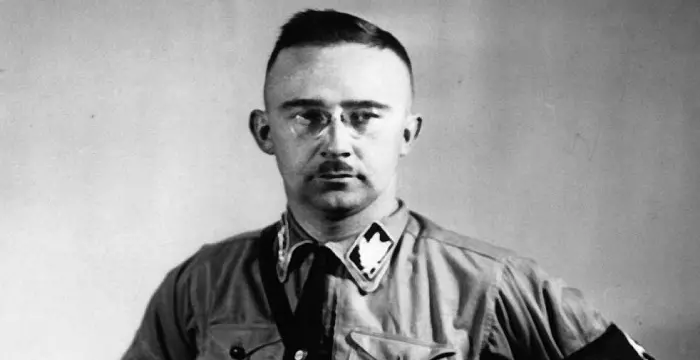
Crazy Horse - Folk Hero, Timeline and Life
Crazy Horse's Personal Details
Crazy Horse was one of the most celebrated Native American warriors to have ever lived
| Information | Detail |
|---|---|
| Died on | September 5, 1877 |
| Nationality | American |
| Famous | Native Americans, Military Leaders, Miscellaneous, Soldiers, Folk Hero |
| City/State | South Dakota |
| Spouses | Black Shawl (m. 1871) |
| Known as | Cha-O-Ha ('In the Wilderness' or 'Among the Trees') |
| Birth Place | Rapid City, South Dakota |
| Gender | Male |
| Born in | Rapid City, South Dakota |
| Famous as | Military Leader, Folk Hero |
Crazy Horse's photo
Who is Crazy Horse?
Crazy Horse was one of the most celebrated Native American warriors to have ever lived. In the mid-19th century, he led his tribe ‘Oglala Lakota’ to victory against several attacks by the US federal government. Thus, he earned a highly respectable status among the local tribes and also among his enemies. He participated in several historically significant American Indian wars, mostly on the northern plains of America, such as the ‘Fetterman Massacre’ in a bid to preserve the ‘Lakota’ way of life that was threatened by the immigrants. Although much of his early life has not been documented, he is a part of oral history. It is said that he started leading his army in wars well before he turned 20. He surrendered in 1877, when he was in his mid-30s. His death was highly controversial and its true cause is debated to date. Crazy Horse was never photographed and there is not a single credible photograph of his. In 1982, he was honored by the American government, which featured him on the ‘Great Americans’ series postage stamp.
// Famous Native Americans
Tecumseh
Tecumseh was a Native American leader of the Shawnee clan. This biography profiles his childhood, life and timeline.
Sitting Bull
Sitting Bull was a Teton Dakota Indian chief who led Sioux tribes in their struggle for survival on the North American Great Plains.
Johnny Depp
Johnny Depp is a famous Hollywood actor renowned for his roles of Captain Jack Sparrow in the ‘Pirates of Caribbean’ movies. To know more about his childhood, profile, career and timeline read on the following biography
Childhood & Early Life
Crazy Horse was born “Cha-O-Ha,” meaning “In the Wilderness,” near South Dakota. Although there is no actual record of his date or year of birth, it is almost certain that he was born between 1840 and 1845. His parents were from sub-tribes of the ‘Lakota’ tribe, who were part of the ‘Sioux’ confederacy. His father too was also known as “Crazy Horse” back in his youth. His mother had named him “Curly” or “Light Hair,” owing to his light, curly hair.
His father was an esteemed medicine man in the tribe and was respected by all tribe members. Crazy Horse was born to be a warrior and despite his shorter-than-average frame and lighter-than-usual skin, he was hailed as a future warrior by the elders in the tribe. These slightly unusual physical traits somehow made him a little distant from the other tribe members of his age.
The ‘Lakota’ was one of the most popular divisions of the ‘Sioux’ confederacy and owned a great mass of land, which stretched from Missouri River to the Bighorn Mountains. They did not interact with the white people much and led a very private and contented life, but when conflicts became inevitable, they had no option but to fight for their lands.
The Beginning of Conflicts
The ‘Lakota’ people mostly led a peaceful life. The unrest began in the 1850s, as that was the time when the white settlers came to their land, looking for gold. The whites started settling down. Conflicts began when military forces were brought to the plains. The whites brought their own lifestyle along with them, hampering the ‘Lakota’ way of life. The whites even brought diseases with them.
The year 1854 marked the beginning of a tragic and brutal warfare. A white migrant’s cow was killed by a native in an accident, which made a little white force, led by Lieutenant John Grattan, enter the ‘Sioux’ camps. The whites took some men prisoners.
This was not accepted by the self-respecting chief of the tribe, known as Conquering Bear, and violence ensued. Somehow, the tribe chief was killed by one of Grattan’s soldiers, and this enraged the warriors of the tribe. In a revenge attack, they killed Grattan and all his 30 men. This event is known as the infamous ‘Grattan Massacre.’
The ‘Grattan Massacre’ triggered an all-out war between the ‘Lakota’ tribe and US federal government. Crazy Horse was still young at that time, but the incident was enough for him to know that the whites were bad people and needed to be wiped out.
All-Out Battle
By the early 1860s, Crazy Horse had become a powerful young man and had become one of the key allies of his tribe’s chief, Sitting Bull. They fought together in several battles. Soon, Crazy Horse was leading his own forces against the whites.
In one of his most successful victories, he led a small army and attacked William J. Fetterman’s troop, which consisted of 80 men. Thus, the ‘Fetterman Massacre’ became an embarrassing incident for the American establishment. The difference between the modern weapons that the whites were equipped with and the old-school fighting skills of the natives proved to be negligible as the natives scored multiple victories over the whites.
The government was taken aback by the bravery of the natives and had to come to a compromise. As a result, the ‘Fort Laramie Treaty’ was signed in 1868. The treaty guaranteed that the ‘Lakota’ people would retain all their rights on their most important lands, which also included the highly significant Black Hills territory. However, this was not enough for Crazy Horse. He knew that the integrity of his tribe was in danger and he hated the whites wholeheartedly. This was enough to continue his fight against white supremacy.
Crazy was always uncompromising on the battlefield and his tribesmen regarded him as a mystical being, owing to his ability to remain unharmed during the most brutal of attacks on him. He never allowed himself to be photographed and neither did he ever sign any document. All he wanted was to preserve his heritage and all his land for his people.
Although the natives tried to initiate a peace agreement, there was very little chance of that happening. The government had discovered ample mines of gold, and they backed white explorers. Sitting Bull and Crazy Horse refused to enter into any agreement that could have harmed their heritage, even a little bit, and they continued with their war efforts.
In June 1876, Crazy led a force of 1200 ‘Cheyenne’ and ‘Oglala’ warriors to fight General George Crook, who wanted to destroy Sitting Bull’s encampment near the Little Bighorn River. After a brutal fight, the whites were pushed back and the natives reclaimed their land. This was the greatest victory of the natives over the white Americans.
Sitting Bull and Crazy Horse charged together on Lieutenant Colonel George Armstrong Custer and his cavalry, which was one of the most talked about and respected cavalries among the white forces. The natives decimated the whites and secured a great strategic and moral victory.
The Downfall
The US Army gathered all its forces and attacked the ‘Lakota’ people after Custer’s defeat, and this was not a good sign. The natives were severely outnumbered and Sitting Bull decided to dodge the fight and instead, led his tribesmen across the border to Canada. However, Crazy Horse refused to run away and gathered the remaining of his fighters to tackle the US army.
It was a long and tiring fight and Crazy Horse’s men were falling short of food supplies. They were tired of fighting without any victory in sight. As a result, they started abandoning him, and once he knew it was all over, Crazy Horse decided to surrender. He went to Fort Robinson in Nebraska and turned himself in. However, his wife fell sick around that time. Crazy Horse wanted to be with her, but he was not allowed to leave the prison.
Following a struggle with the officers, he suffered a kidney injury and died on September 5, 1877. His father was by his side at the time of his death.
Legacy
Crazy Horse is a massively respected and honored man. There is a ‘Crazy Horse Memorial’ in South Dakota, and there have been several films based on his life and valor, such as the 1955 film ‘Chief Crazy Horse.’
In 1982, the American government issued postage stamps in his name, under the ‘Great Americans’ series.
// Famous Soldiers
Roza Shanina
Roza Shanina was a Russian sniper who came to be known as “the unseen terror of East Prussia” during World War II. Find more about her childhood, family, personal life, etc.
Reinhard Heydrich
Reinhard Heydrich was a high-ranking German Nazi official during the World War II. Check out this biography to know about his childhood, family life, achievements and other facts about his life.
Simo Häyhä
Simo "Simuna" Häyhä was a Finnish sniper, considered the most deadly sniper in war history. Find more about his family, childhood, personal life, career, achievements, etc.
Crazy Horse biography timelines
- // 1854The year 1854 marked the beginning of a tragic and brutal warfare. A white migrant’s cow was killed by a native in an accident, which made a little white force, led by Lieutenant John Grattan, enter the ‘Sioux’ camps. The whites took some men prisoners.
- // 1876In June 1876, Crazy led a force of 1200 ‘Cheyenne’ and ‘Oglala’ warriors to fight General George Crook, who wanted to destroy Sitting Bull’s encampment near the Little Bighorn River. After a brutal fight, the whites were pushed back and the natives reclaimed their land. This was the greatest victory of the natives over the white Americans.
- // 5th Sep 1877Following a struggle with the officers, he suffered a kidney injury and died on September 5, 1877. His father was by his side at the time of his death.
// Famous Military Leaders
Sitting Bull
Sitting Bull was a Teton Dakota Indian chief who led Sioux tribes in their struggle for survival on the North American Great Plains.
Simon Bolivar
Simón Bolívar was a Venezuelan military leader who was instrumental in independence of several Latin American countries from the Spanish rule. This biography profiles his childhood, life, achievements and timeline.
Reinhard Heydrich
Reinhard Heydrich was a high-ranking German Nazi official during the World War II. Check out this biography to know about his childhood, family life, achievements and other facts about his life.
Otto von Bismarck
Otto von Bismarck served as the Chancellor of Germany and the Prime Minister of Prussia. He unified the German states into a powerful German empire. This biography profiles his childhood, political career, life, achievements and timeline.
William Wallace
William Wallace was a Scottish knight who was a central figure in the Wars of Scottish Independence. This biography of William Wallace provides detailed information about his childhood, life, achievements, works & timeline.
Heinrich Himmler
Heinrich Himmler was a German Nazi military commander and a close associate of Adolf Hitler. This biography profiles his childhood, family, personal life, role in concentration camps and his death.
Crazy Horse's FAQ
When was Crazy Horse died?
Crazy Horse was died at 1877-09-05
Where is Crazy Horse's birth place?
Crazy Horse was born in Rapid City, South Dakota
What is Crazy Horse nationalities?
Crazy Horse's nationalities is American
Who is Crazy Horse spouses?
Crazy Horse's spouses is Black Shawl (m. 1871)
How famous is Crazy Horse?
Crazy Horse is famouse as Military Leader, Folk Hero
